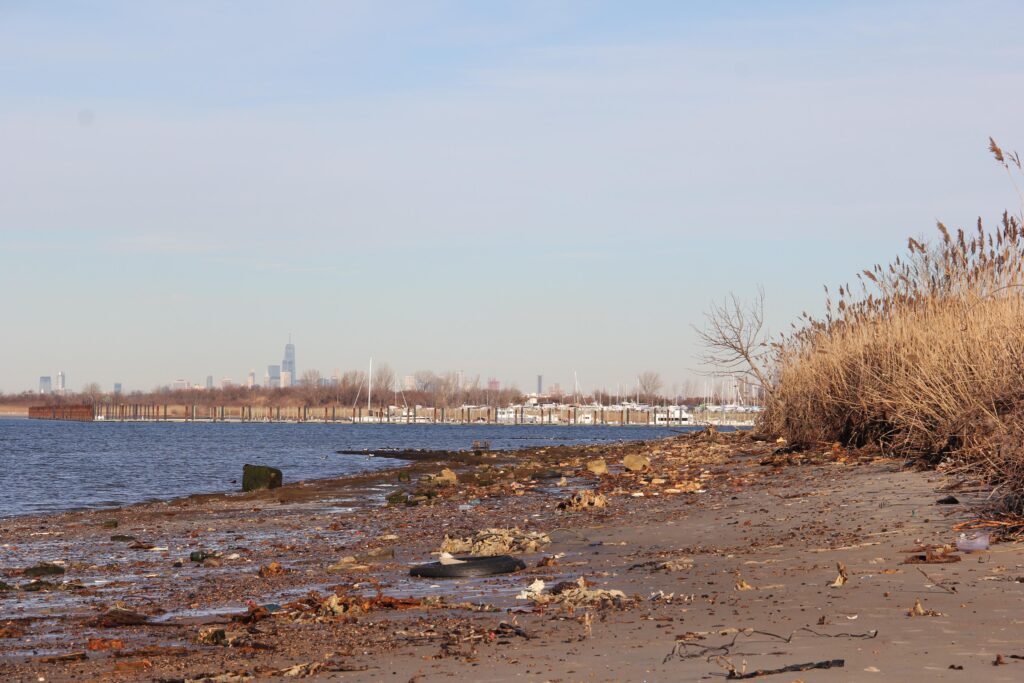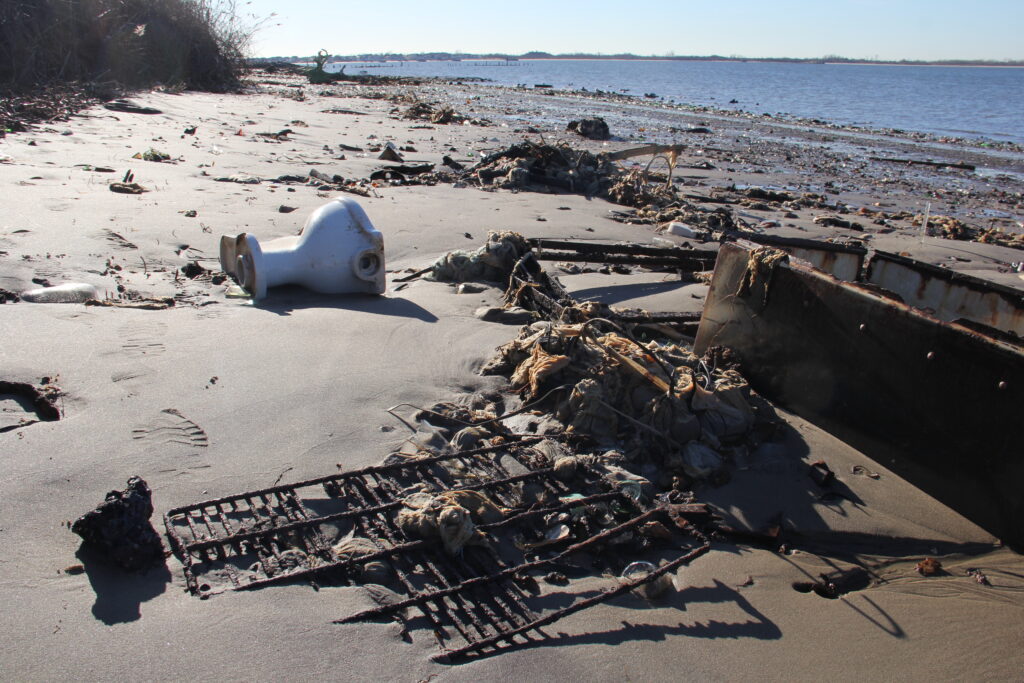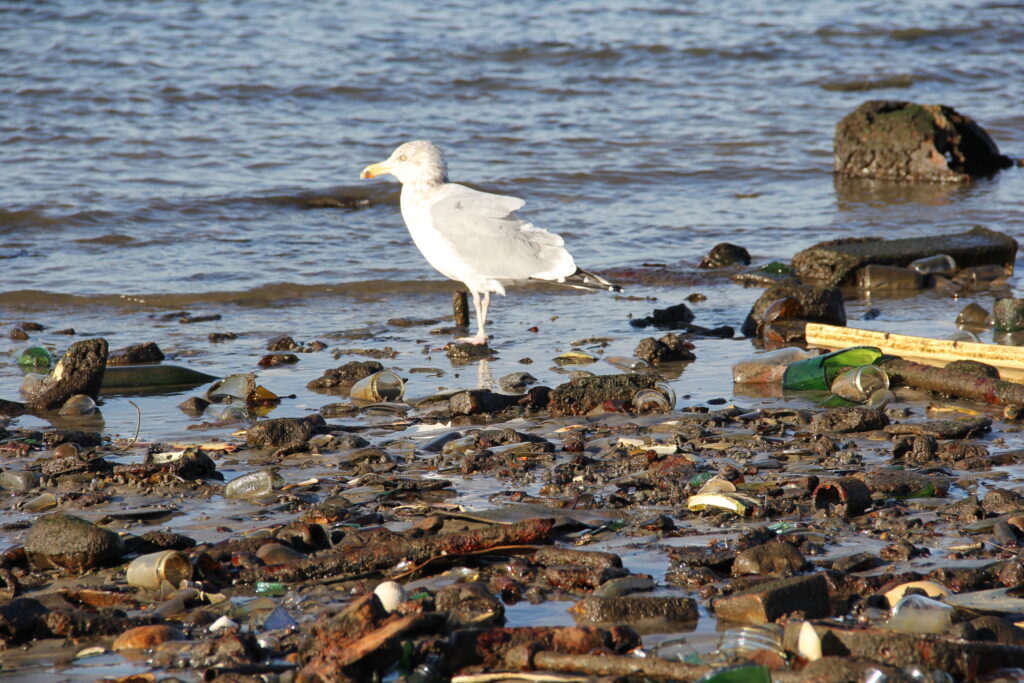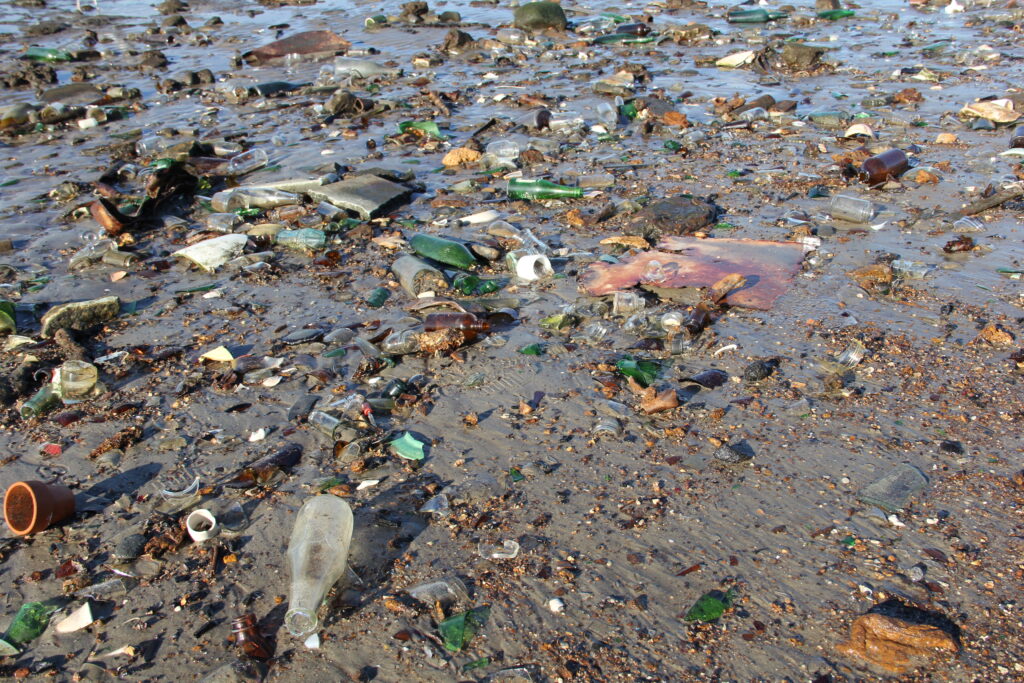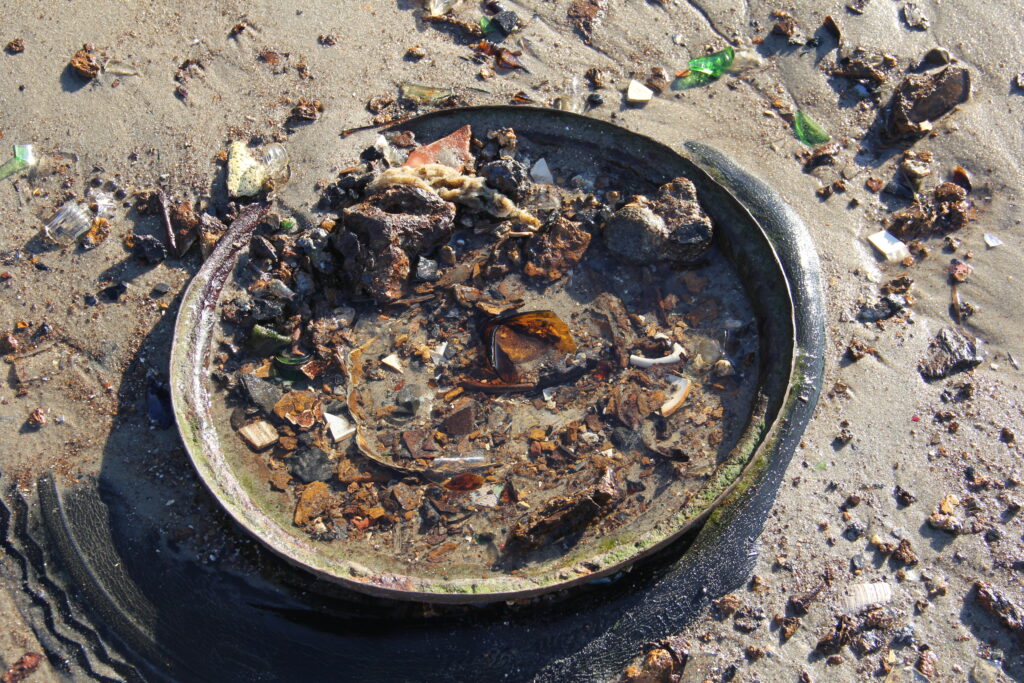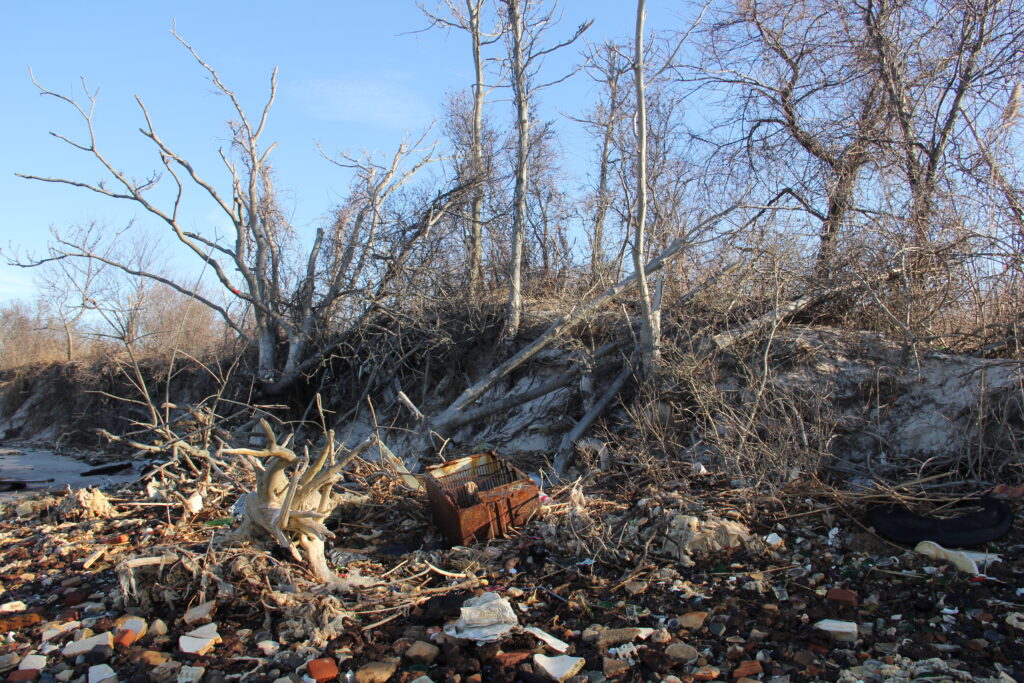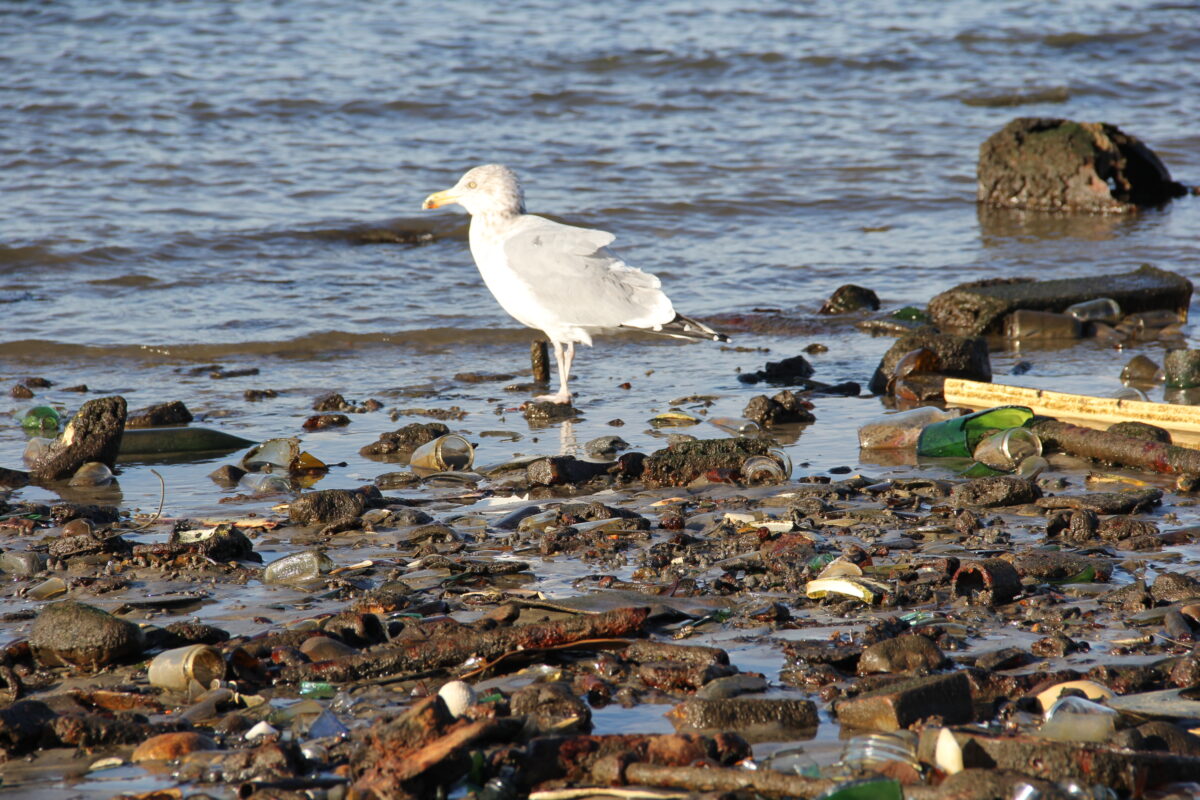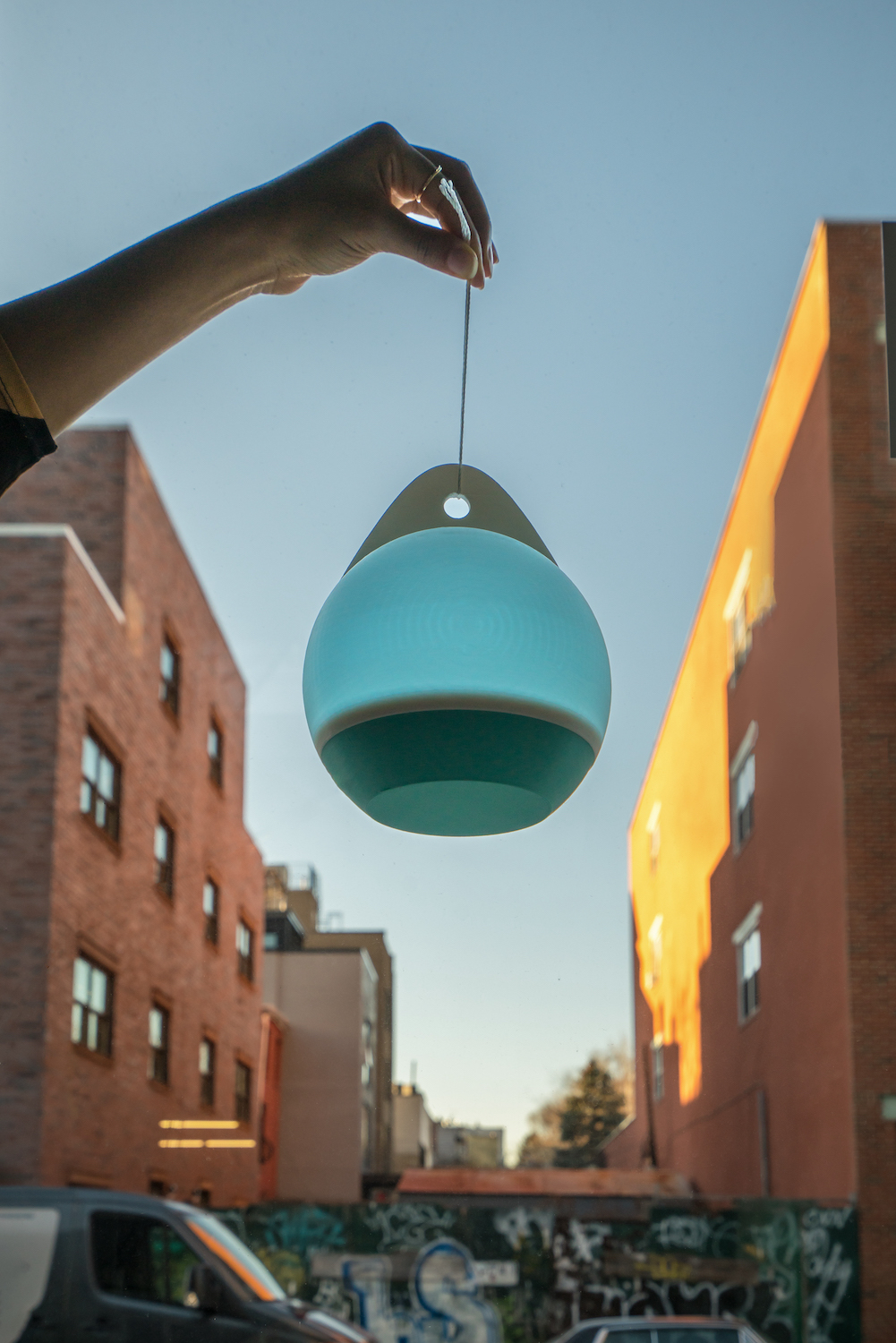Brooklynites can turn to this lantern made of recycled plastics the next time a city-issued waterbody advisory is issued.
By Lauren Peacock | news@queensledger.com
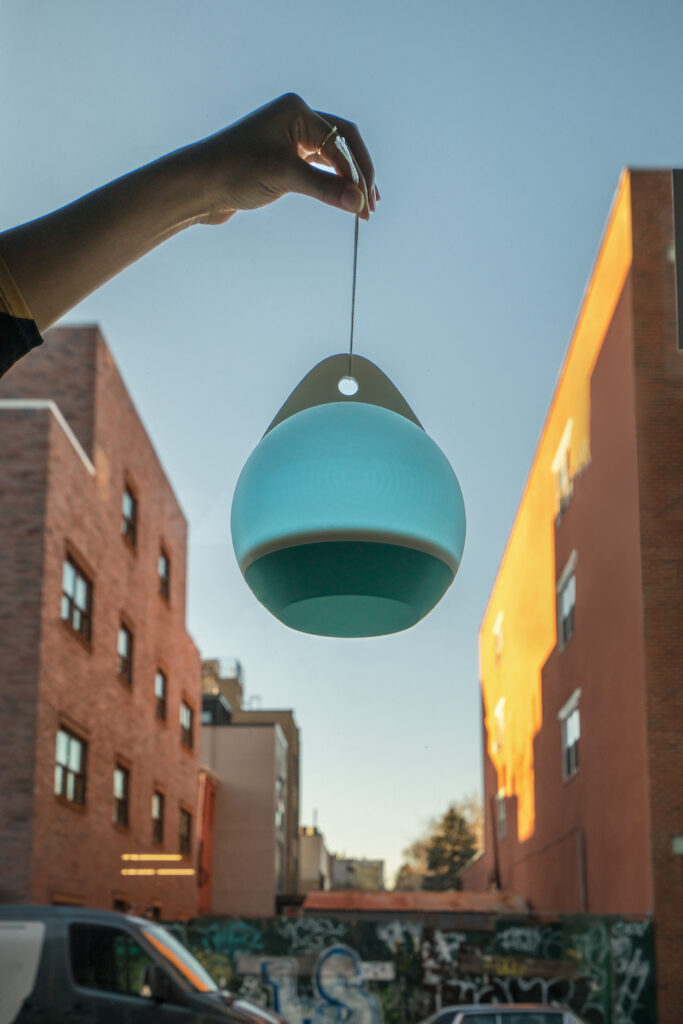
It’s scary to think that a combined sewer overflow (CSO) could be happening on your streets even when it’s not visibly flooding.
A CSO can be caused by as little as a 1/12 of an inch of rain and can result in sewage being carried into the Gowanus Canal, hindering clean-up efforts. At the time of a CSO, all water is diverted into the Gowanus Canal. By reducing water consumption, the CSO is reduced, keeping the canal healthier, cleaner, and vibrant.
GLOwanus was created to make NYC waterbody advisory alerts easier to understand for residents. When the city issues an alert for the Gowanus Canal, the lantern will emit vivid colors and continue to do so until the waterboard advisory is lifted. When the colored lights come on, this tells residents that they should be cutting back on their water usage, whether that be waiting to wash dishes, flush the toilet, or do the laundry.
GLOwanus was created by Francesca Bastianini (Sight Studio) and Steven Koller (Environmental Science and Policy PhD student), two fellows from Van Alen Institute’s Neighborhood Design Fellowship program, and was designed by artists Manav Singla and Ridima Jain.
The Gowanus Canals are a superfund site. According to Bastianini, this means that despite the rapid change and development of the neighborhood, it is still undergoing repair from a long history of pollution, and ongoing pollution from an overwhelmed sewer system.
According to Andrew Brown, the Director of Programs at Van Alen, when there’s no city-issued waterbody advisory, the light glows white. When an advisory is issued, the light flashes different rainbow colors. Each color doesn’t specifically mean something, but the rainbow colors are meant to draw people’s attention so that they realize there is a City-issued waterbody advisory, meaning there’s a good chance combined sewage overflow (CSO) has recently spilled or may soon spill into the Canal.
The lanterns are made out of recycled plastics, creating a durable and translucent product that transmits light all around and avoids creating new plastic. According to Bastianini, the prototype of the lantern was created from the VAI Gowanus fellowship in 2021, and the current product was completed in the fall of 2023.
Instructions for the open-source code and 3D printing for the lantern are available. Shiloah Coley, the Program Associate at Van Alen, says that providing this information to the public makes it easier for other communities and neighborhoods that are interested in creating a product like the GLOwanus lantern to do so.
“We learned so much working on this, and we want to make sure other communities and individuals have access to this knowledge and feel encouraged to build on it,” explained Coley.
Bastianini hopes that the GLOwanus lanterns will not only expand on a large public scale, but expand awareness, provide prompts and support for local advocacy, and keep “pressure on agencies to follow through with their local officials.”
Coley hopes the lanterns help Gowanus residents feel empowered by providing the information they need during a CSO.
“That way if they choose to, they can act and adjust their own water usage habits. It would be great to see other folks build on our open-source code to make light installations in other neighborhoods.”
Approximately 20 to 25 GLOwanus lanterns are left at time of press. If anyone is interested in picking one up, you can email Shiloah Coley at scoley@vanalen.org.

